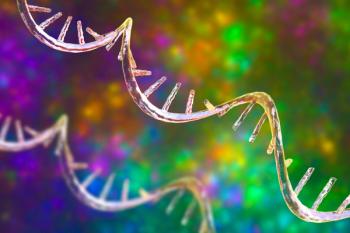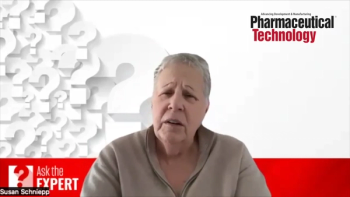
New Immunotherapy for Pediatric Brain Cancer Targets Mutated Protein
Children with a rare brainstem-based cancer might be helped by a new immunotherapy that targets a mutated protein found exclusively in cancer cells.
According to research lead by the
DIPG is typically treated with radiation therapy, but according to Hideho Okada, MD, PhD, professor of neurological surgery and director of the Brain Tumor Immunotherapy Center at UCSF, this approach is not effective long term.
“It is important to develop more innovative treatment approaches for childhood brain cancers, which now are the leading cause of cancer death in children. DIPG is a very deadly type of brain cancer, and not many children survive beyond 12 months from the time of diagnosis.” said Okada in a UCSF press release.
A phase I clinical trial in children with DIPG and closely related gliomas is being led by Okada to evaluate a new anti-tumor vaccine based on the target identified by Okada’s research group.
The study’s preclinical results also support the development of an immunotherapy treatment that is potentially more effective than a vaccine, one in which some of the patient’s own immune cells would be genetically engineered to recognize the molecular target, which is found on tumor cells in most cases of DIPG and related gliomas, but not on normal cells.
The target of the new DIPG treatment is a neoantigen, a fragment of a protein made by a cancer cell that has an abnormal structure and often an abnormal function due to genetic mutation. Researchers are developing techniques to select neoantigens that are believed to be most likely singled out as foreign by the immune system, with the goal of developing immunotherapies to boost immune responses to tumor cells displaying these neoantigens. Neoantigen-based treatments are still experimental, but many are in clinical trials, according to the study.
The neoantigen Okada and his team worked with is a fragment of a protein called histone 3 variant 3. This protein is identically mutated in about 70% of cases of DIPG, and results in abnormal control of gene activity in tumor cells. Earlier studies by other researchers found that when the mutation is present, it is present in all, or nearly all, cells of the tumor.
According to Okada, the goal of the neoantigen-containing vaccine being tested in the clinical trial is to train the immune system’s T cells to recognize the neoantigen in the vaccine, which should then trigger an immune response to tumor cells in the brain that display the same neoantigen.
“This may be an ideal case of a tumor neoantigen,” Okada said in the press release. “Most neoantigens in cancer are unique to individual patients, but this is one of very, very few examples of a shared, common neoantigen that may have the potential to be used in many patients.”
Source
Newsletter
Stay at the forefront of biopharmaceutical innovation—subscribe to BioPharm International for expert insights on drug development, manufacturing, compliance, and more.




